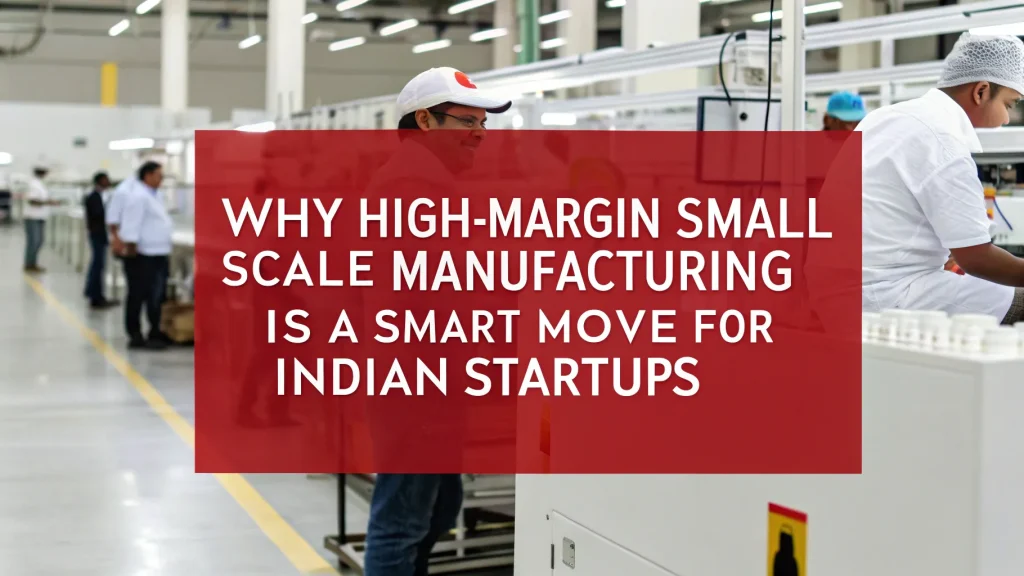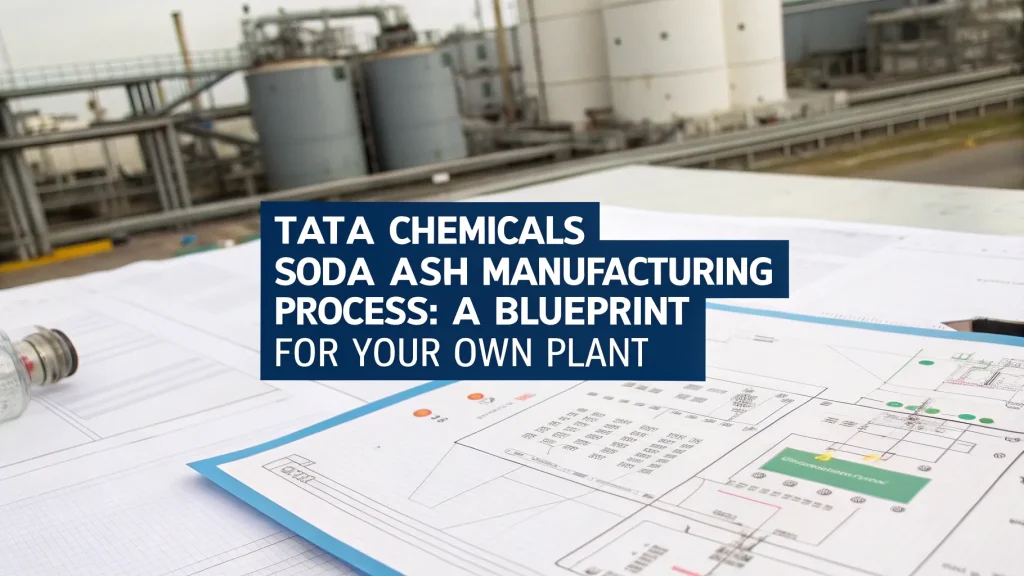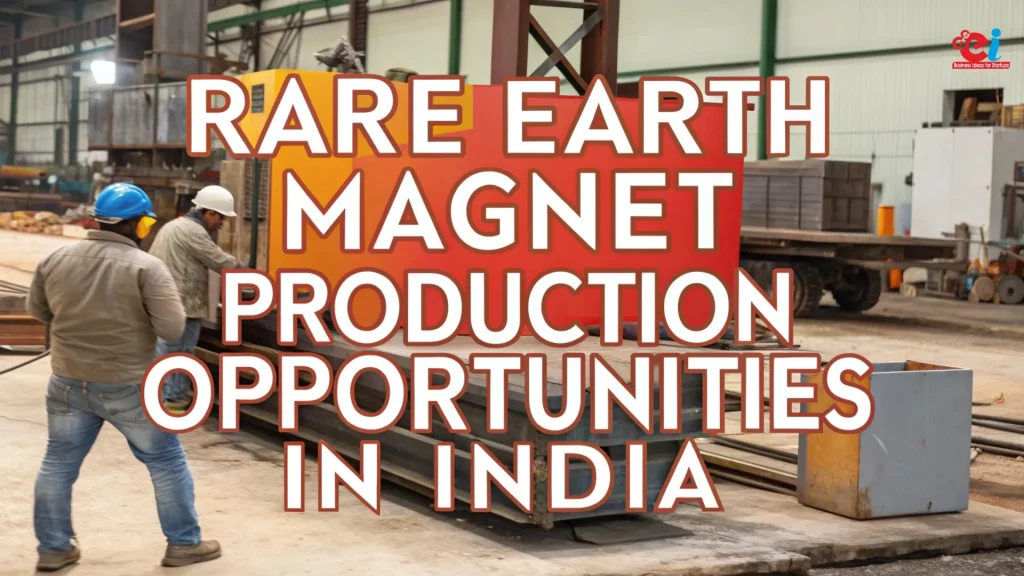The steel fabrication industry plays a vital role in the global economy by transforming raw steel into usable products for a variety of sectors such as construction, automotive, infrastructure, oil and gas, and manufacturing. At its core, steel fabrication involves cutting, bending, assembling, and shaping steel into specific products that meet structural or architectural requirements. From the skeletons of skyscrapers to bridges, pipelines, industrial machinery, and consumer appliances, steel fabrication makes the steel usable, durable, and reliable. Despite being a complex process, it is essential to everyday life and modern development.
Understanding the Steel Fabrication Industry
The steel fabrication industry refers to the sector engaged in the processing of steel into predefined shapes and structures. This is typically done in large workshops or factories using advanced tools, machines, and skilled labor. The industry serves as the backbone of the construction and infrastructure sectors, providing the necessary components to erect buildings, bridges, railways, and factories.
Steel, known for its strength and flexibility, is not found in usable forms. It must be fabricated into beams, sheets, channels, and custom shapes to meet specific project needs. This process includes multiple steps — designing, cutting, shaping, welding, assembling, and finishing. Specialized software like CAD (Computer-Aided Design) is also used extensively to model the final output before actual fabrication begins.
Key Processes in Steel Fabrication
- Design and Blueprint Creation: The first step in the steel fabrication process begins with design. Engineers and drafters use CAD software to create detailed drawings and specifications that guide the fabrication team.
- Cutting and Shaping: Steel components are cut using various techniques, such as sawing, shearing, or laser cutting. Plasma and water-jet cutters are also used for precision work.
- Bending: Machines like press brakes bend the cut steel into desired shapes. This is especially useful for forming beams, brackets, and supports.
- Welding and Assembling: Pieces of steel are joined together using different welding techniques. Skilled welders ensure the integrity of joints and that they meet load-bearing requirements.
- Finishing: Post-fabrication, the steel structures undergo finishing processes such as sandblasting, painting, galvanizing, or powder-coating to improve corrosion resistance and appearance.
- Inspection and Quality Control: All fabricated components are rigorously inspected to ensure they meet industry standards and customer requirements. Any faults must be addressed before final delivery.
Applications of the Steel Fabrication Industry
The steel fabrication industry caters to an array of sectors:
- Construction: Steel frameworks for residential and commercial buildings.
- Infrastructure: Bridges, tunnels, railway stations, and airports.
- Automotive: Manufacturing car parts and machinery frames.
- Oil & Gas: Fabrication of drilling rigs, storage tanks, and pipelines.
- Aerospace: Lightweight but strong components for aircraft structures.
- Shipbuilding: Hulls, decks, and other marine structures.
- Industrial Equipment: Custom machines, tools, and platforms for factories.
Each application requires steel to be fabricated differently based on its use, load-bearing requirements, environmental exposure, and design intricacies.
Importance of the Steel Fabrication Industry
The steel fabrication industry is critical for modern development due to several reasons:
- Strength and Durability: Steel provides unmatched strength-to-weight ratio, making it ideal for long-lasting infrastructure.
- Cost-Effective: With minimal maintenance and a long lifespan, fabricated steel structures provide excellent return on investment.
- Sustainability: Steel is 100% recyclable, making fabrication an environmentally responsible process.
- Customization: Fabricated steel can be tailored to exact specifications, providing flexibility in construction and manufacturing.
- Speed of Construction: Prefabricated steel components allow for faster on-site assembly, reducing project timelines.
Global Market Overview
The steel fabrication industry has witnessed significant growth globally, largely due to increasing urbanization, infrastructure development, and industrialization. Moreover, countries like China, the United States, India, and Germany are among the leading players in this space.
According to market reports, the global fabricated steel market is expected to reach several hundred billion USD in value by the end of the decade. Emerging markets are fueling this demand with rapid growth in urban infrastructure, smart cities, and renewable energy projects.
Challenges Faced by the Industry
While the steel fabrication industry is thriving, it is not without challenges:
- Raw Material Volatility: Prices of steel and other inputs fluctuate based on global demand, trade policies, and geopolitical factors.
- Labor Shortage: Skilled labor is becoming harder to find, with many experienced professionals retiring and fewer young people entering the trade.
- Technological Upgradation: To stay competitive, fabricators must invest in newer technologies like automation, AI, and robotics, which require significant capital.
- Environmental Regulations: Adhering to green practices and minimizing carbon emissions are increasingly important, requiring changes in traditional practices.
- Supply Chain Disruptions: Global crises and pandemics can severely disrupt the supply of raw materials and delay delivery schedules.
Future of the Steel Fabrication Industry
The future of the steel fabrication industry looks promising, especially with the advent of smart manufacturing and Industry 4.0. Automation, robotics, and machine learning are revolutionizing fabrication processes, making them faster, more precise, and less labor-intensive.
In addition, sustainable fabrication practices — such as using solar-powered operations, recycling scrap, and adopting eco-friendly coatings — are becoming more prevalent. Modular construction, where large steel structures are prefabricated offsite and assembled on-site, is another trend gaining momentum.
Also, the demand for pre-engineered buildings (PEBs) is rising, especially in warehouses, logistics hubs, and industrial parks. These buildings rely heavily on fabricated steel for speed and cost-effectiveness.
How to Start a Business in Steel Fabrication
If you’re considering entering the steel fabrication industry, here are some steps to get started:
- Market Research: Identify local demand, competition, and customer needs.
- Business Plan: Outline your offerings, costs, pricing, and marketing strategy.
- Location and Infrastructure: Set up a workshop or factory with adequate space and ventilation.
- Equipment Purchase: Invest in cutting machines, welding tools, and handling equipment.
- Hire Skilled Labor: Fabrication requires experienced technicians, welders, and engineers.
- Regulatory Compliance: Secure necessary permits and comply with safety and environmental regulations.
- Marketing: Network with contractors, architects, and developers to build a steady client base.
Government subsidies, loans, and training programs are available in many countries to support small and medium steel fabrication businesses.
Conclusion
The steel fabrication industry stands as one of the most critical pillars of industrial progress, as it turns raw steel into the structural heart of modern civilization. Whether it’s towering skyscrapers, complex bridges, precision machinery, or even everyday vehicles, the applications are limitless. In fact, steel fabrication plays a foundational role in shaping the infrastructure and technology that drive economies forward. While it faces ongoing challenges, innovation, automation, and sustainability will guide its evolution in the years ahead.
As global construction demands continue to rise, and industries seek faster and more resilient building solutions, the relevance and necessity of the steel fabrication industry will only grow stronger. Whether you’re a student, investor, or aspiring entrepreneur, understanding this industry is essential for appreciating the scale and significance of the world built around us.
Visit the page Select and Choose the Right Business Startup for You for sorting out the questions arising in your mind before starting any business and know which start-up you can plan. We, at NPCS, endeavor to make business selection a simple and convenient step for any entrepreneur/startup. Our expert team, by capitalizing on its dexterity and decade’s long experience in the field, has created a list of profitable ventures for entrepreneurs who wish to diversify or venture. The list so mentioned is updated regularly to give you a regular dose of new emerging opportunities.




